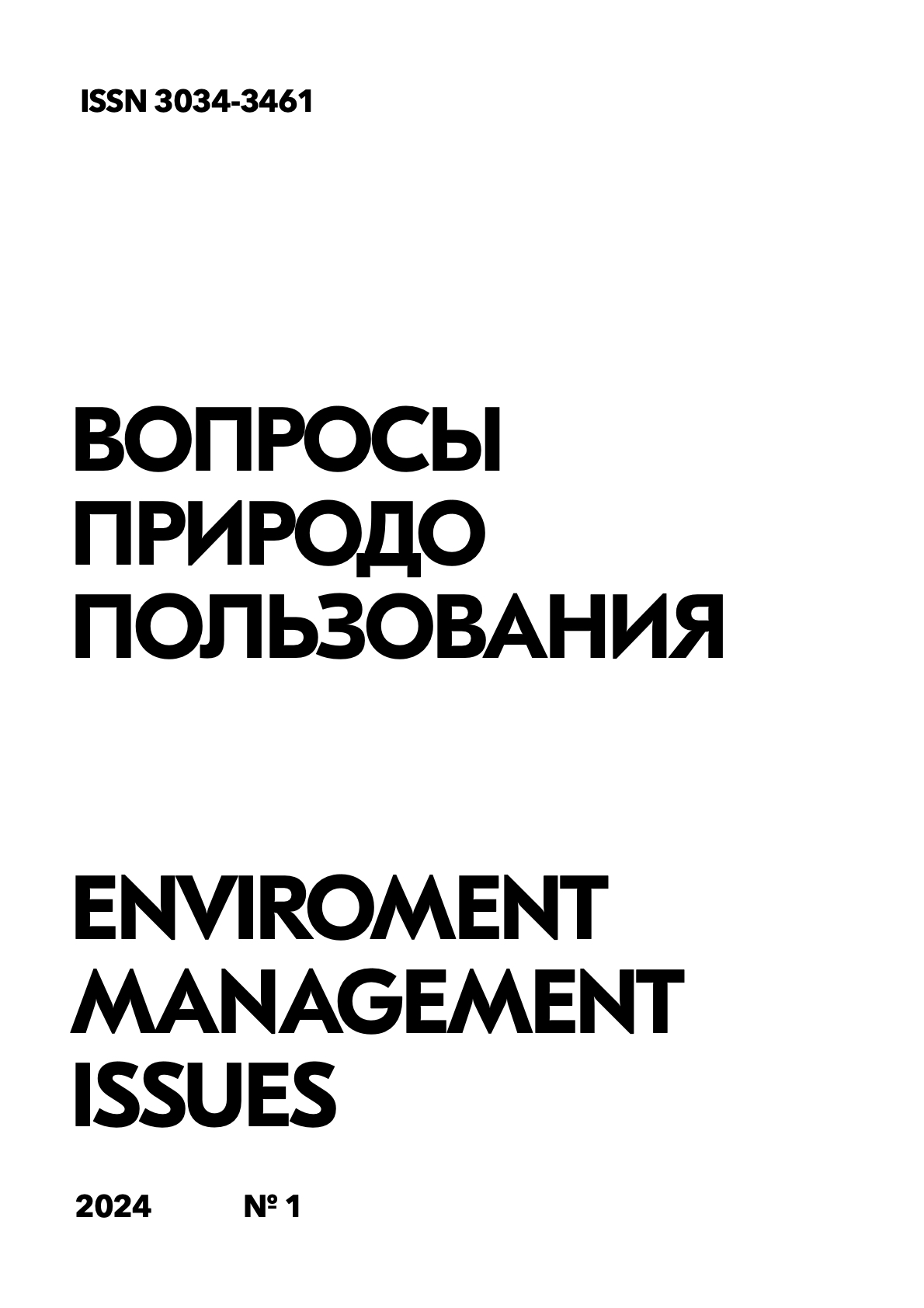The attraction of the Internet leads to the optimization of production operations and increased economic efficiency
Keywords:
рarameters, environment, aspects, technology companies, interactionAbstract
In recent years, the Internet of Things (IoT) has become one of the key technologies transforming various industries. This article aims to explore the impact of IoT on optimizing manufacturing operations and increasing the economic efficiency of enterprises. The authors conduct a detailed analysis of the use of sensor and digital technologies that significantly improve monitoring of production processes, resource management, and equipment maintenance. The main focus is on the concept of "smart factories," where the integration of IoT allows for the collection and analysis of large volumes of data in real-time. This enables enterprises to respond quickly to changes, improve product quality, and minimize time and material costs. The article presents examples of successful IoT implementations in various industrial sectors such as automotive, electronics, and consumer goods. One of the key topics of the study is the use of predictive analytics in combination with IoT to prevent accidents and plan equipment maintenance. The authors also consider the economic aspects of IoT implementation, showing how reducing production costs and increasing labor productivity contribute to the overall profitability of the company. Additionally, the article discusses the challenges and barriers that enterprises may face when implementing IoT technologies. This includes issues of cybersecurity, integration of legacy systems, and the need for staff training. Recommendations are provided to overcome these barriers and successfully implement IoT projects in manufacturing enterprises. In conclusion, the article emphasizes the importance of IoT as a driver of innovation and economic growth in the industry. The authors conclude that enterprises actively implementing IoT technologies gain significant competitive advantages, including increased operational efficiency, improved product quality, and cost reduction.
References
Еременко И.А., Сепельник Е.Ю., Хохлова К.В. Анализ инструментов разработки цифровых двойников технических средств при оценке их экономической эффективности // Молодой исследователь Дона. 2021. № 6(33). С. 96-101.
Нигматов Р.Р. Практические аспекты применения технологии промышленного интернета вещей на современных предприятиях // Экономика и управление в машиностроении. 2023. № 5. С. 20-24.
Беляков Д.Н., Арбузова А.А. Определение основных направлений развития производственного предприятия с использованием инструментов internet-маркетинга // Молодые ученые – развитию Национальной технологической инициативы (ПОИСК). 2021. № 1. С. 619-621.
Ваулин А.С., Головина А.Н. Сущность экономического эффекта цифровой интеграции на промышленном предприятии // Экономические науки. 2022. № 216.
Синица С.А., Макаров В.В., Слуцкий М.Г. Влияние технологии интернета вещей на эффективность и качество работы компании // Экономика и бизнес: теория и практика. 2021. № 2-2(72). С. 102-106.
Воронова В.А., Дианова Т.В. Интернет вещей в России: особенности применения и возможности для развития экономики // Вестник евразийской науки. 2022. Т. 14. № 4. С. 15.
Тимофеев А.Г., Морозова С.Н., Карпешина В.Г. Исследование возможностей, предоставляемых промышленным Интернетом вещей // Оригинальные исследования. 2022. Т. 12. № 11. С. 244-249.
Данько Е.В., Константинова О.В., Терновой О.С. Методика расчета экономической эффективности подключения конечных пользователей ячеистых беспроводных сетей к Глобальной сети // T-Comm: Телекоммуникации и транспорт. 2021. Т. 15. № 2. С. 20-25.
Ермолаева В.В., Шубин А.Е., Аксашева М.А., Полякова А.М. Возможности использования метавселенных в оптимизации управления производством и логистической инфраструктурой // Тенденции развития науки и образования. 2023. № 93-8. С. 66-69.
Михайловская И.М., Имаева Л.Р. Технологии IOT для Индустрии 4.0 // Информационные технологии. Проблемы и решения. 2021. № 4(17). С. 51-57.
Published
How to Cite
Issue
Section
License

This work is licensed under a Creative Commons Attribution-NonCommercial-NoDerivatives 4.0 International License.




